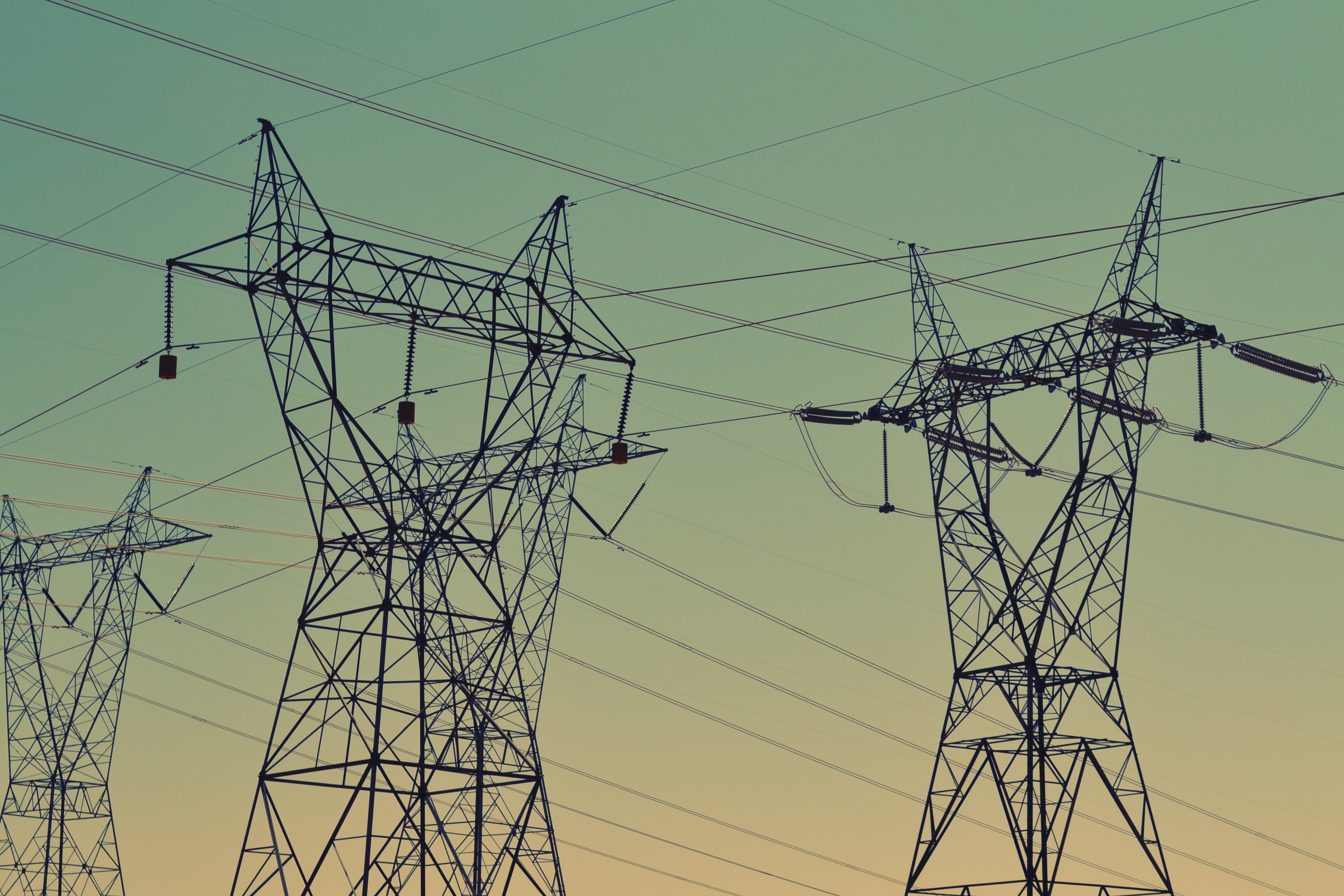"We have lost bulk power supply on various parts of the country due to system disturbance"
Kenya Power and Lighting Company
Kenya recently experienced a nationwide blackout that lasted several hours. The outage, which affected millions of people across the country, highlighted the critical issue of power distribution in Kenya and the monopoly held by the state-owned power company.
Kenya Power and Lighting Company (KPLC) is the sole power distributor in Kenya, enjoying a monopoly on power distribution since its inception in 1922. The company is responsible for the generation, transmission, and distribution of electricity in the country.
The recent blackout was attributed to a technical fault at a substation in the capital city, Nairobi. The fault caused a cascading effect that led to power outages across the country, including major cities like Mombasa and Kisumu.
The outage resulted in significant economic losses as businesses were forced to shut down, causing disruptions to supply chains and loss of revenue. It also affected essential services like hospitals and schools, leaving them without electricity for several hours.
The monopoly held by KPLC has been a contentious issue in Kenya, with many calling for the liberalization of the power sector to allow for competition and improve service delivery. Critics argue that the monopoly has stifled innovation, resulted in poor service delivery, and contributed to high power tariffs.
In recent years, the Kenyan government has taken steps to open up the power sector to competition. In 2019, it announced plans to create a new company, the Kenya Electricity Transmission Company, to take over the transmission functions from KPLC. This move was aimed at improving efficiency and reducing the cost of power.
Despite these efforts, KPLC continues to face challenges in improving its service delivery. The company has been plagued by allegations of corruption and mismanagement, which have led to increased public scrutiny.
The issue of power distribution monopolies is not unique to Kenya but is a challenge that many African countries face. According to the World Bank, only 43% of sub-Saharan Africa's population has access to electricity, and the region has the highest electricity tariffs in the world. The lack of competition in the power sector has contributed to poor service delivery, high tariffs, and limited access to electricity, hindering economic growth and development. However, some African countries like Ghana, Nigeria, and Tanzania are making efforts to reform their power sectors, open up to competition, and attract private sector investment to improve electricity access and service delivery
In conclusion, the recent blackout in Kenya highlights the critical issue of power distribution and the need for reforms in the power sector. The monopoly held by KPLC has stifled innovation and resulted in poor service delivery, contributing to high power tariffs. The government must continue to take steps to open up the power sector to competition to improve service delivery, reduce costs, and promote innovation.


Login to join the discussion